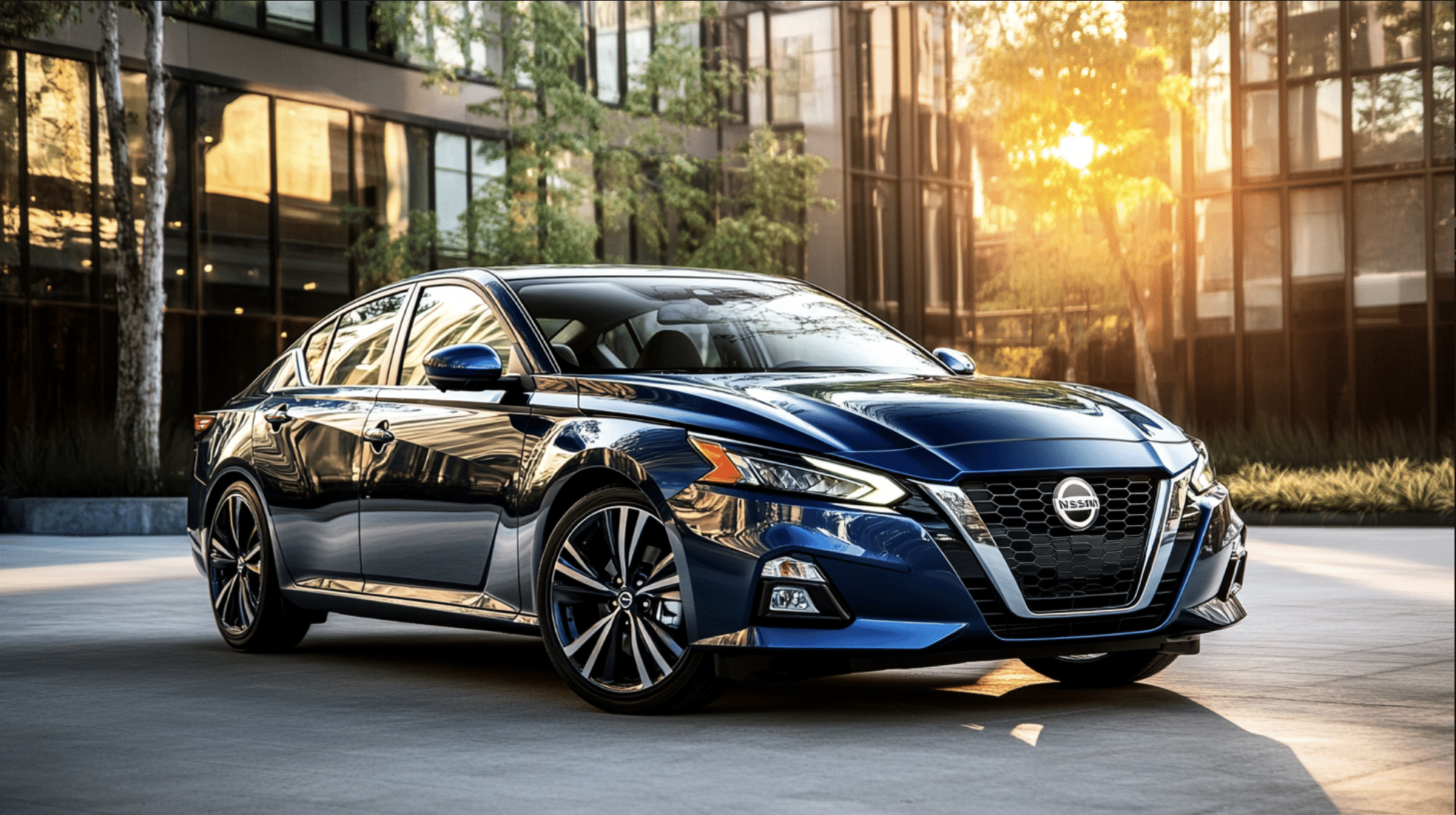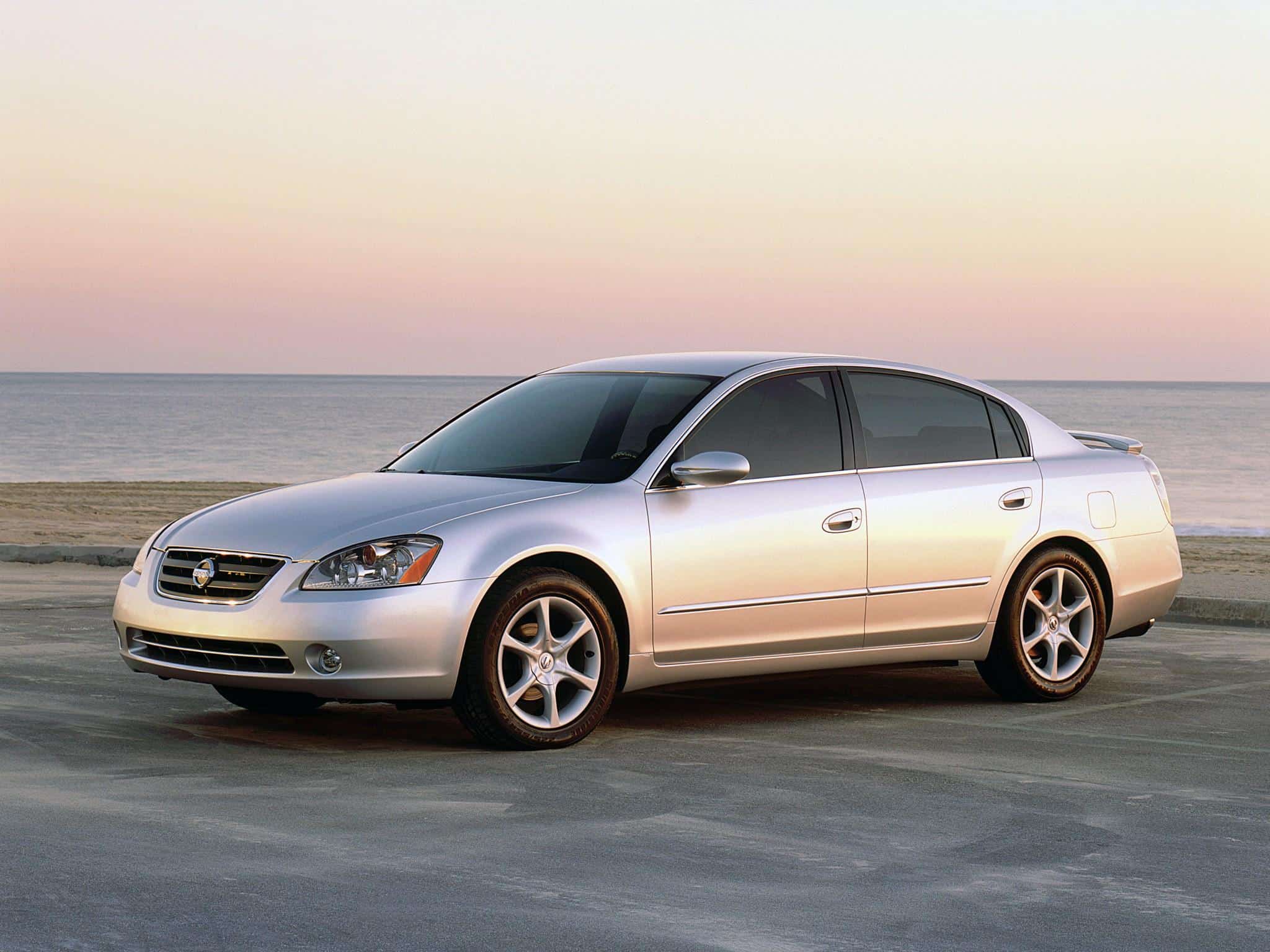Car owners often face challenges when replacing wheels, especially with the variety of lug patterns available.
For Nissan Altima drivers, understanding your vehicle’s specific lug pattern is key to finding the right fit.
Many struggle with this technical aspect, potentially leading to costly mistakes or safety issues.
But don’t worry – we’ve got you covered.
This guide will walk you through everything you need to know about lug patterns for your Nissan Altima.
We’ll explore the standard patterns, discuss how to identify them, and provide tips for selecting compatible wheels.
By the end, you’ll have the knowledge to make informed decisions about your Altima’s wheels, ensuring both style and safety.
Understanding Lug Patterns: The Key to Wheel Compatibility

Lug patterns are crucial for ensuring that your wheels fit perfectly on your vehicle, affecting everything from safety to performance.
In this section, we’ll break down what lug patterns are and why they matter.
A lug pattern, also known as a bolt pattern, is the arrangement of bolt holes on a wheel.
It’s described by two numbers: the count of bolt holes and the diameter of the circle they form. For example, a 5×114.3 pattern means there are five bolts in a circle with a 114.3mm diameter.
To measure a lug pattern:
- Count the number of bolts.
- For even-numbered patterns (4, 6, 8), measure from the center of one bolt to the center of the opposite bolt.
- For odd-numbered patterns (5, 7), measure from the center of one bolt to the edge of the circle passing through the center of the furthest bolt.
The Importance of Correct Lug Patterns
Getting the lug pattern right is crucial for several reasons:
- Safety: A proper fit ensures the wheel is securely attached to your vehicle, reducing the risk of it coming loose while driving.
- Performance: The correct lug pattern helps maintain proper wheel alignment, which affects your car’s handling, braking, and overall driving experience.
- Wear and tear: Mismatched patterns can lead to uneven tire wear and potential damage to your vehicle’s suspension components.
- Resale value: Using the correct wheels helps maintain your vehicle’s value and appeal to future buyers.
Nissan Altima’s Specific Compatibility Requirements
Nissan Altima owners need to be aware of their vehicle’s specific lug pattern requirements.
Let’s explore the standard patterns for different Altima models and how to identify them.
1. Standard Lug Pattern for Modern Models

Since 2002, most Nissan Altima models have featured a 5×114.3mm lug pattern.
This means the wheel has five bolt holes arranged in a circle with a diameter of 114.3mm.
This pattern has become the standard for many reasons:
- Stability: Five bolts provide excellent stability and weight distribution.
- Strength: The arrangement can handle the power and weight of modern Altimas.
- Wide compatibility: Many other car brands use this pattern, increasing wheel options.
Wheel Options for 5×114.3mm Altimas
- Vast selection of aftermarket wheels
- Easy to find replacements
- Ability to customize your Altima’s look
2. Lug Pattern for Older Models

Before 2002, many Altima models used a 4×114.3mm lug pattern.
This pattern features four bolt holes in a 114.3mm diameter circle.
While less common now, it was standard for its time.
Considerations for 4×114.3mm Altimas
- Fewer aftermarket options available
- May require more searching for replacements
- Some owners opt for adapters to use newer wheel styles (caution advised)
Finding Wheels for Older Altimas
- Specialty wheel shops often carry options
- Online marketplaces may have vintage or reproduction wheels
- Some aftermarket manufacturers still produce wheels in this pattern
When shopping for wheels, always double-check your Altima’s specific year and model.
While these patterns are common, variations can exist.
Consulting your owner’s manual or a professional can ensure you get the right fit for your Altima, regardless of its age.
Critical Factors for Wheel and Lug Pattern Compatibility
Choosing the correct lug pattern is just one part of ensuring the perfect fit for your Altima’s wheels.
There are several other key factors to consider.
1. Wheel Offset and Centerbore
- Offset: The offset is the distance from the wheel’s mounting surface to its centerline. For Nissan Altimas, a correct offset ensures proper clearance for brake components, no rubbing against suspension or body parts, and optimal handling and stability.
- Centerbore: This is the center hole that fits over the hub. A correct center bore centers the wheel on the hub, reducing vibration and ensuring even weight distribution.
- Ensuring Proper Fit: Match the offset to your Altima’s specifications. Use hub-centric rings if the wheel’s bore is larger than your hub. Verify that wheels seat properly against the rotor for safe operation.
2. Load Capacity and Suspension Clearance
- Load Capacity: Refers to the maximum weight a wheel can support. Choose wheels rated to handle your vehicle’s weight and consider any additional weight from passengers or cargo.
- Suspension Clearance: Ensures that the tires do not rub against suspension components, preventing damage to wheel wells or fenders and interference with steering or braking systems.
3. Customization: Balancing Looks and Function
While customization can enhance your Altima’s look, it comes with considerations:
- Using Wheel Adapters: Allows fitting wheels with different lug patterns but can change wheel offset, affecting handling. Always use high-quality, vehicle-specific adapters if necessary.
- Risks of Improper Customization: Increased stress on suspension components, potential for reduced brake efficiency, and possible voiding of vehicle warranty.
- Safety Precautions: Ensure proper lug nuts torquing, verify overall fitment and clearance, and stay within your Altima’s recommended wheel size range.
- Professional Installation: Crucial to maintaining vehicle safety and integrity, ensuring proper installation of all customizations.
Step-by-Step Guide to Verifying Lug Pattern Compatibility
Before making any purchase, it’s crucial to verify your Altima’s wheel compatibility.
This section provides steps to identify your lug pattern and match other specifications.
Identifying Your Altima’s Lug Pattern
1. Check Your Owner’s Manual
- Look in the “Specifications” or “Wheels and Tires” section
- Note both the number of lugs and the bolt circle diameter
2. Measure It Yourself
For 5-lug patterns (common on Altimas):
- Measure from the center of one lug to the outside edge of the farthest lug
- Multiply this measurement by 1.26 for the bolt circle diameter
3. Use Online Resources
- Many automotive websites offer lug pattern databases
- Enter your Altima’s year and model for quick reference
Matching Wheel Specs to Your Altima
Once you know your lug pattern, consider other crucial specifications:
1. Wheel Diameter
- Check your current tire sidewall for size (e.g., 225/50R17)
- The last number (17 in this example) is your wheel diameter in inches
2. Wheel Width
- Found in your owner’s manual or on the wheel itself
- Ensure new wheels are within the recommended range for your Altima
3. Offset
- Typically measured in millimeters
- Found stamped on the back of your current wheel or in the manual
- Aim for a similar offset to maintain proper fitment
4. Centerbore
- Measure the diameter of the center hole on your current wheel
- Ensure new wheels match or use hub-centric rings for proper fit
Conclusion
Choosing the right wheels for your Nissan Altima involves more than just picking an attractive design.
Understanding lug patterns, offset, and hub bore is crucial for both safety and performance.
While the 5×114.3mm pattern is standard for most modern Altimas, older models may require different specifications.
Always verify your vehicle’s exact requirements before making a purchase.
When considering customization, weigh the benefits against potential risks, and don’t hesitate to seek professional advice.
Remember, proper wheel fitment ensures optimal handling, even wear, and most importantly, your safety on the road.
By taking the time to research and make informed decisions, you can enhance your Altima’s appearance without compromising its performance or your peace of mind.
Frequently Asked Questions
What is the lug pattern for most modern Nissan Altima models?
Most modern Nissan Altima models use a 5×114.3mm lug pattern. This means there are 5 lug nuts arranged in a circle with a diameter of 114.3mm.
Can I use wheels with a different lug pattern on my Nissan Altima?
It’s not recommended to use wheels with a different lug pattern. However, adapters exist to fit wheels with different patterns. Always consult a professional before using adapters, as they can affect safety and performance.
How do I measure the lug pattern on my Nissan Altima?
For a 5-lug pattern, measure from the center of one lug to the outside edge of the farthest lug. Multiply this measurement by 1.26 to get the bolt circle diameter.
How do I know if my Nissan Altima’s wheels are compatible?
Check your owner’s manual for lug pattern, wheel size, offset, and hub bore specifications. Make sure any new wheels match these specs. If unsure, consult a professional wheel installer or your Nissan dealer.


